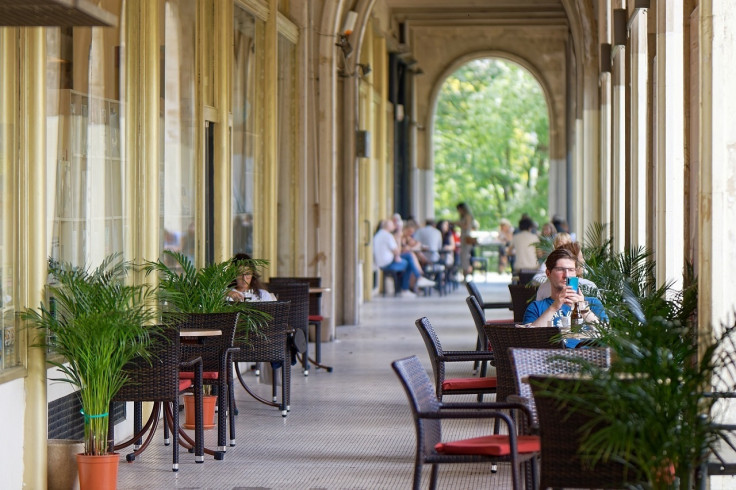Australia's August Retail Sales Surge 0.7%, As Warm Weather Fuels Seasonal Purchases

Australian retail sales rose 0.7% in August, exceeding analysts' forecast of 0.4%, seasonally adjusted figures by the Australian Bureau of Statistics (ABS) revealed on Tuesday.
The latest ABS data followed the July turnover that had recorded 0.1%, while the figure in June was 0.5%.
According to Robert Ewing, ABS head of business statistics, "Retail spending was boosted this month by warmer-than-usual weather for this time of year. This year was the warmest August on record since 1910, which saw more spending on items typically purchased in spring. This included summer clothing, liquor, outdoor dining, hardware, gardening items, camping goods and outdoor equipment."
Household goods experienced the lowest decline in spending at -0.3%, while other sectors showed a significant growth. Department stores had the highest increase at 1.6%. Sales in clothing, footwear, and personal accessories rose by 1.5%, and other retail categories saw an uptick of 1.3%.
"The lift in turnover from the warmer weather was also boosted by higher discretionary spending as consumers took advantage of Father's Day sales events during the month," Ewing added.
The warm weather also brought the people out of their homes, due to which the food-related industries got a boost, led by cafes, restaurants and takeaway food services that recorded 1.0%, followed by food retail at 0.6%.
The data indicated a consistent increase across all states and territories.
"While the Eastern mainland states led the rises, most states and territories benefitted from the earlier-than-usual spring temperatures. Although, some unseasonal rainfall over parts of Western Australia dampened sales slightly," Ewing said.
The latest figures boosted the Australian dollar by 0.25%, bringing it to AU$0.6930, just shy of its 1.5-year peak of AU$0.6943, Reuters reported.
In May 2022, the Reserve Bank of Australia (RBA) had retained the interest rates to 4.35% in its bid to control inflation and curb demand. In August, headline inflation had lowered to 2.7% returning within RBA's target range of 2-3%, partly due to government electricity rebates.
As per Sean Langcake, head of macroeconomic forecasting for Oxford Economics Australia, "There are some early signs that income tax cuts are helping boost consumer spending. Retail sales have outperformed expectations in each of the last two months, maintaining a relatively high level last month and recording strong growth in August."
However, data by Westpac and Commonwealth Bank of Australia revealed that consumers were cautious about spending their tax cuts, opting instead to use the funds to pay down their mortgages.
© Copyright 2025 IBTimes AU. All rights reserved.





















